With PediNotes, caregivers can collect and manage patient data more efficiently, reducing stress on the NICU team and elevating the standard of care for young lives. In today’s video blog we explore the specialized data features that will make your workflow as a physician easier and more natural, while you free up your time for other tasks that matter.
What’s the Cube?
One of the ways PediNotes drives clinical improvement is powerful in-program analytics, which we refer to as the data cube or data warehouse. The cube allows you to create data dashboards that track data in real time. “Among my favorite dashboards are the real-time shots of all the nurseries and all the different patients that we have, type of ventilators in use, etc.,” says Dr. Steve Spedale.
How Does Real-Time Data Impact the NICU?
Real-time data feeds, like clinical indicators and laboratory values, are critical because they let you know what’s going on in the NICU at all times. Not only will the NICU team know, but you can also use the dashboards to share important information with parents, other clinicians, and administrators. The data cube makes information available to everyone who is involved with and concerned about the patient’s welfare.
In addition, tracking data in real time gives you access to useful information, even before patients get discharged. “If you’re tracking pneumothoraces, and you know that each year you have 4%, then what you really want to know is, based on improvements you’re making, how is that number changing? With real-time data, you can compare how your NICU is performing for your patients today vs. how it was performing last year, to see if it’s worse or better,” says Dr. Steve Spedale.
Easily Access Time-Saving Information
PediNotes helps us track babies in our nursery on cue-based feeds along with the different parameters involved. By tracking this information electronically, we’re able to create dashboards with more specific data like length of stay and discharge weight.
PediNotes also helps transport centers. By creating a dashboard for transport information, it saves time and makes it easy to distribute transport data to administrators. It also eliminates the need for doing additional reports. This is one of many time-saving functionalities that PediNotes offers to improve workflow. We designed PediNotes so that all the information you need to take care of your patient is easier to find, in less time, and in fewer clicks.
Summing It All Up
Since PediNotes was designed by neonatologists, it uniquely targets and resolves inefficiencies that NICU caregivers face. A neonatal EMR should be centered around data that’s rich, relevant, and easy to access. That’s what our software delivers, and we strive to improve it based on the feedback from our users.
At PediNotes, we like to say an institution, specifically a NICU, can only be as great as the technology that its caregivers are empowered with. When a hospital brings PediNotes on board, it takes an innovative step in the right direction for the patients and doctors of today and tomorrow.
My team and I invite you to subscribe to our newsletter to stay up to date with future blog posts and updates regarding PediNotes.





